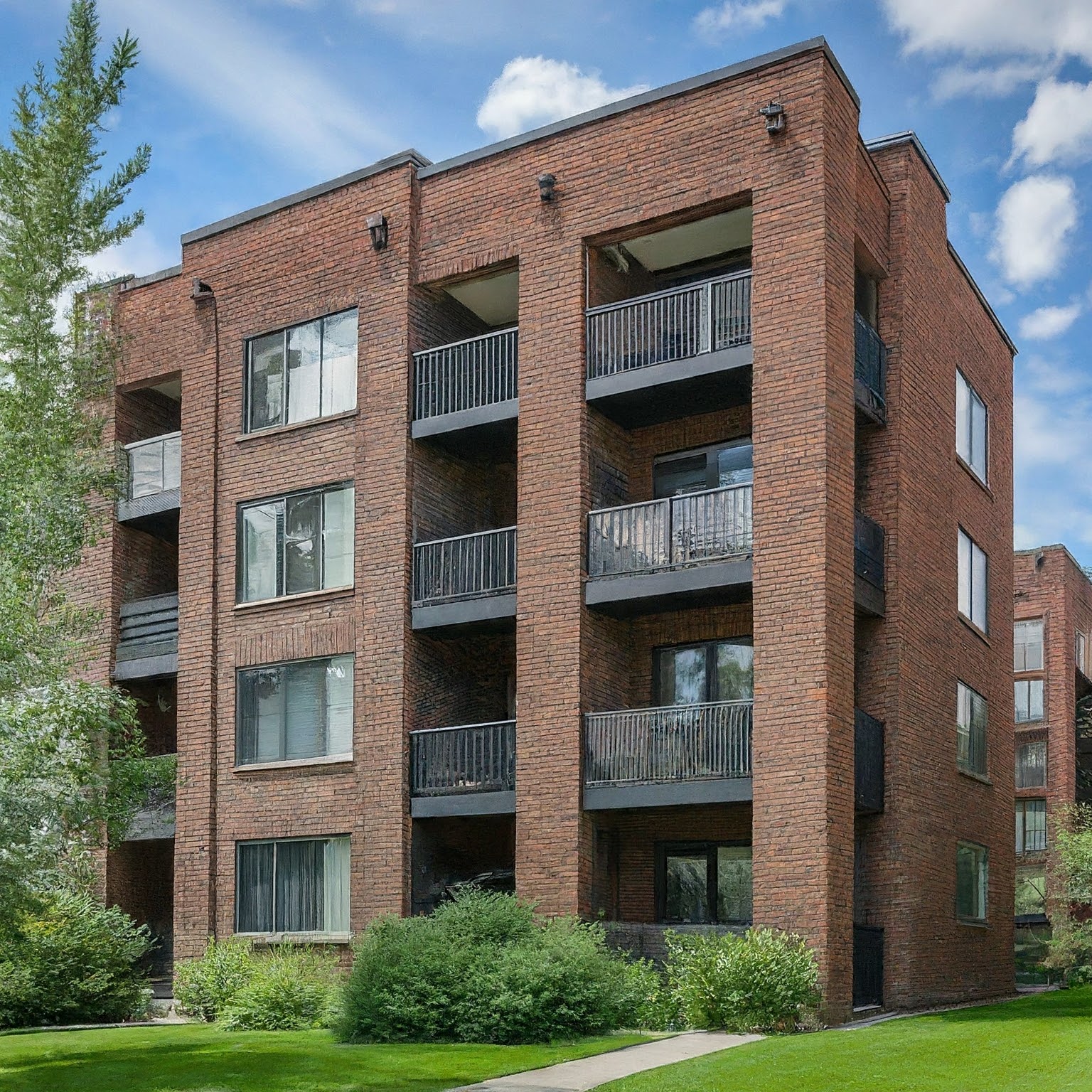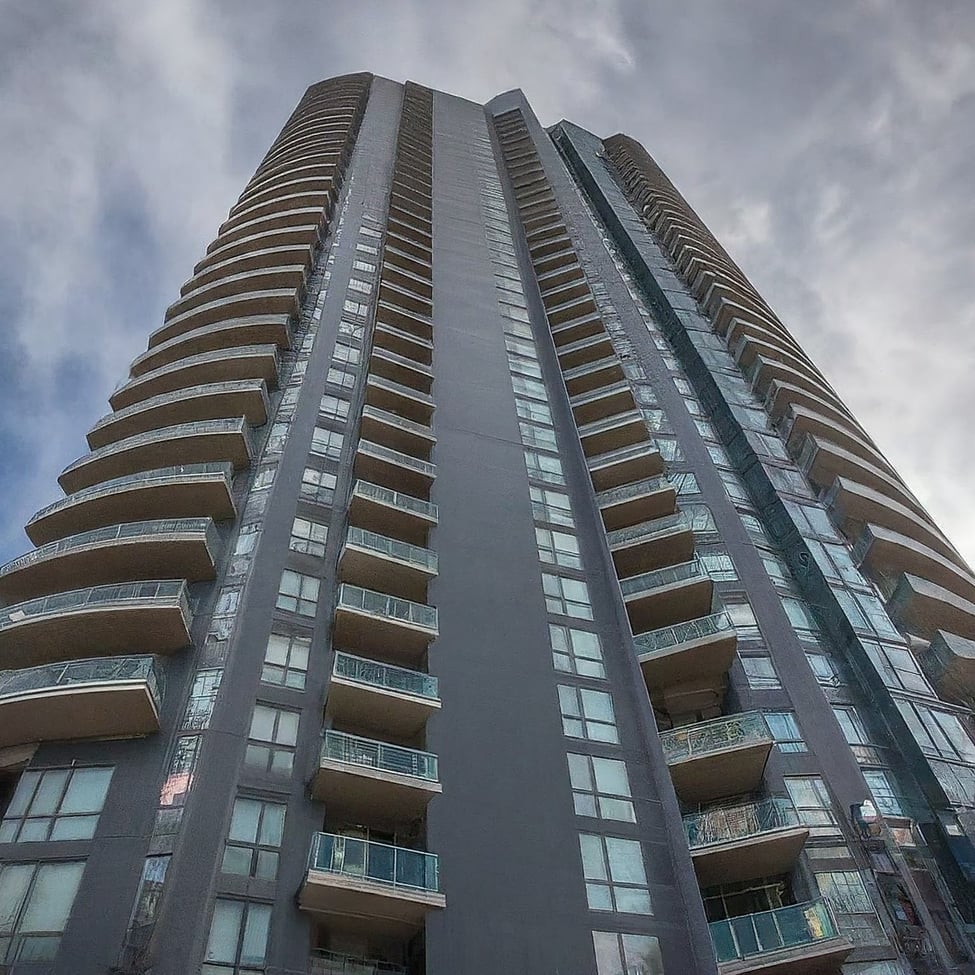Decoding Condo Fees: Understanding Their Value and What They Cover
Condominium ownership comes with the added responsibility of paying condo fees, a crucial element often misunderstood by owners. These monthly fees extend beyond just regular payments—they’re the backbone of preserving a condo’s value, functionality, and overall appeal. Whether it’s sustaining common areas, ensuring smooth operations, or contributing to future repairs, condo fees safeguard your living space and are integral to why condos remain strong investments. Let’s delve into the essentials of what condo fees cover and how they’re calculated.
A Snapshot of Condo Fees:
- Purpose: Condo fees cover shared expenses such as maintenance, utilities, administration, and insurance.
- Calculation: Fees are typically based on unit size and the range of amenities offered.
- Coverage: They support the upkeep of shared areas like hallways, lobbies, and amenities while contributing to reserve funds for major repairs.
- Mandatory Contribution: Condo fees are required from all owners and can vary depending on location and amenities.
The Essentials of Condo Fees
Condo fees, also known as condominium contributions, are monthly payments required by every condo owner to manage the shared responsibilities of the complex. These fees help maintain common areas, support building operations, cover utilities, and build a financial buffer for unexpected repairs. The amount each owner pays is usually determined by the size of their unit and the level of amenities available. Additionally, extra features such as parking spaces or storage units can come with added fees.

What Do Condo Fees Actually Cover?
Condo fees ensure that communal areas are well-maintained, building operations run efficiently, and appropriate insurance is in place. Typical costs include cleaning services, garbage and snow removal, and maintenance for shared amenities. Reserve funds, mandatory in some regions like Alberta, are created through these fees and are intended to finance major repairs or improvements down the line.
Maintaining Shared Spaces and Amenities
A significant portion of condo fees goes toward keeping shared spaces like corridors, elevators, and common rooms clean and functional. These funds also cover the regular maintenance and operation of amenities that enhance the condo experience, such as:
- Swimming pools
- Fitness centers
- Parking facilities
- Utilities (water, heating, electricity)
- Landscaping and outdoor areas
These fees are mandatory for all owners, helping to uphold the quality and value of the property.
Administrative Costs and Property Management
Condo fees also account for the administrative side of property management, including the salaries of property managers, accountants, and legal advisors. Efficient management ensures smooth daily operations, consistent communication with residents, and timely resolutions of any issues. Additionally, these fees cover the compensation and benefits for building staff, including maintenance workers and security personnel, who are vital to maintaining high living standards.
Building Insurance Coverage
Part of your monthly condo fee goes toward a shared building insurance policy that protects the property against damage from events such as fires or natural disasters. This shared approach spreads the financial burden across all owners, making comprehensive coverage more affordable than individual policies.
Reserve Fund Contributions
A condo corporation’s reserve fund is a legally required savings pool designated for significant repairs and replacements. This fund is vital in managing the property’s long-term maintenance needs, such as roof replacements or structural repairs. By contributing to this fund, condo owners are better prepared for costly projects, easing financial stress for everyone involved.

Factors Influencing Condo Fee Costs
Several factors determine how much you pay in condo fees. Understanding these can help when budgeting for a new purchase.
Location
Location heavily impacts condo fees. In larger cities like Toronto or Vancouver, fees tend to be higher due to elevated property values and increased demand for urban living. Proximity to sought-after neighborhoods, access to public transit, and premium amenities can also lead to higher fees.
Amenities
The range and quality of amenities offered by a condo directly influence the monthly fees. High-maintenance facilities like pools and gyms can add substantial costs. Buyers should carefully consider whether they’ll use these amenities before committing to a property with high fees.
Provincial Regulations
Different provinces have varying guidelines on condo fees, influenced by market trends and legal requirements. For instance, stricter regulations in Ontario may lead to higher fees, whereas provinces like Alberta often have more lenient guidelines, potentially resulting in lower contributions.
Key Takeaways for Condo Buyers
Understanding condo fees is essential when purchasing a condominium, as they directly affect your budget and lifestyle. Knowing what these fees cover and how they’re calculated enables buyers to make informed decisions that align with their needs and financial goals.
Frequently Asked Questions
What do condo fees typically cover? Condo fees usually cover utilities (like water and heating), maintenance of common areas, and access to shared amenities like gyms or pools. Electricity is often excluded.
How can you calculate condo maintenance fees? Your maintenance fee is calculated by multiplying the building’s total annual expenses by your ownership percentage, typically based on unit size.
Are condo fees negotiable? Condo fees are generally non-negotiable as they’re set by the condo corporation. However, in some cases, sellers may offer to cover fees for a short period as an incentive.
How do condo fees differ from HOA fees? While both types of fees cover shared area maintenance, condo fees tend to be higher as they also include some utilities and exterior building maintenance, unlike HOA fees that only cover community areas.
This comprehensive understanding of condo fees provides a solid foundation for prospective buyers or current owners navigating the intricacies of condominium living.

